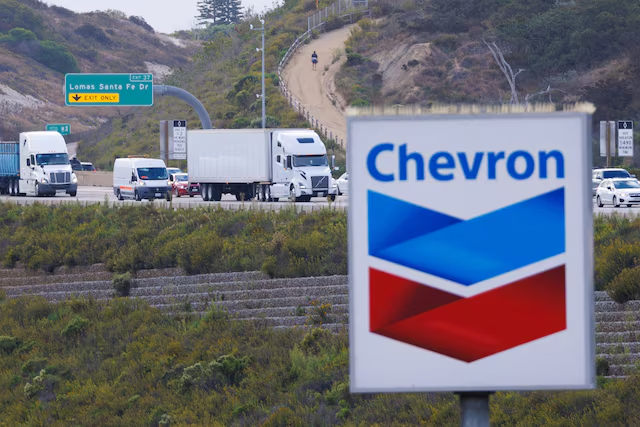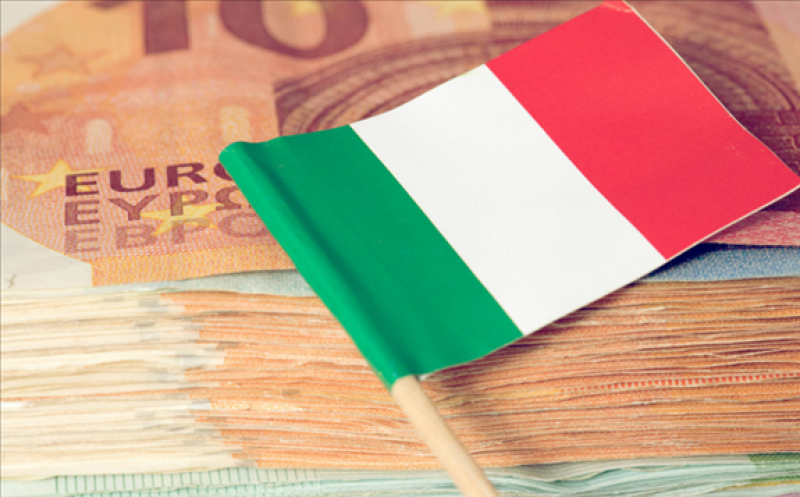
The all-cash deal, which is expected to close by Dec. 6, is a part of its strategy to raise $10 billion to $15 billion by 2028 through asset sales, while increasing focus on regions such as U.S. shale and Kazakhstan.
The sale also gives Chevron more financial power in its fight with Exxon over its $53-billion bid for Hess. While the deal recently cleared an FTC review, a three-judge arbitration panel is set to consider Exxon's right to first refusal next May.
Chevron's Canadian assets, located in Alberta, contributed 84,000 barrels of oil equivalent per day (boepd) of production to Chevron in 2023. The Duvernay is one of Canada's top shale plays.
After the deal, Canadian Natural will own 90% of the Athabasca oil sands project, while Shell (SHEL.L), opens new tab owns the rest.
"(The deal) offloads a high-cost asset in the oil sands from Chevron and the Duvernay asset, which seems not to be competitive with the Permian position...," said Allen Good, analyst at Morningstar.
"Oil majors have been moving away from the oil sands in recent years, this continues the trend."
Canadian Natural said along with the Duvernay assets, it would add 122,500 boepd of its target production in 2025. Both together would result in an added investment of $400 million next year, company executives said in a conference call.
The company also raised its quarterly dividend by 7% to 56.25 Canadian cents per share, payable in January 2025, with its finance chief Mark Stainthorpe saying the deal will add to cash flow and earnings immediately.
Shares of Chevron were up 0.7% in afternoon trade, while Canadian Natural rose nearly 3.7% in a higher oil-price environment.
(This story has been refiled to correct capitalization on asset names in paragraphs 1 and 5, and to make asset sales plural in paragraph 2)




